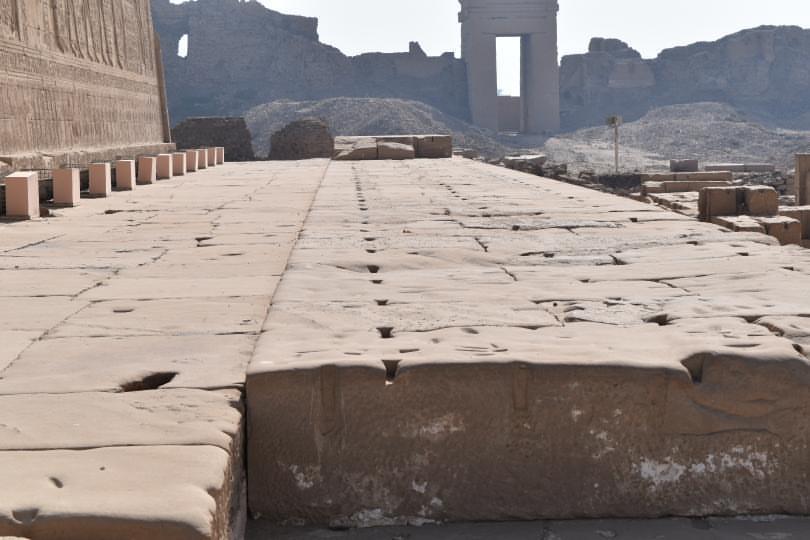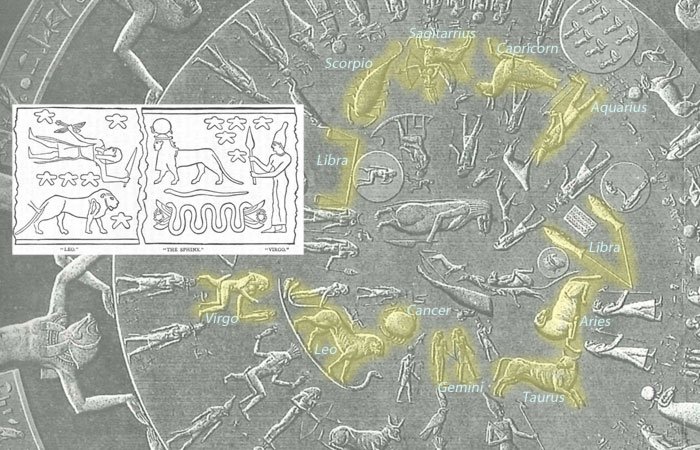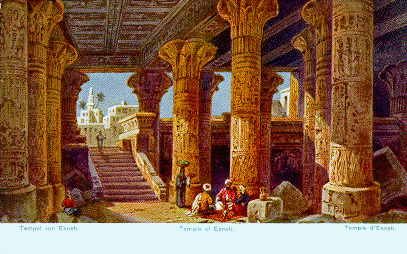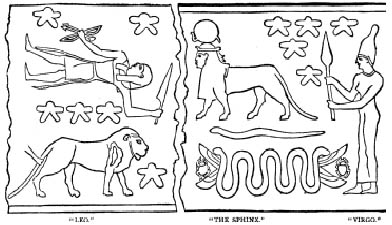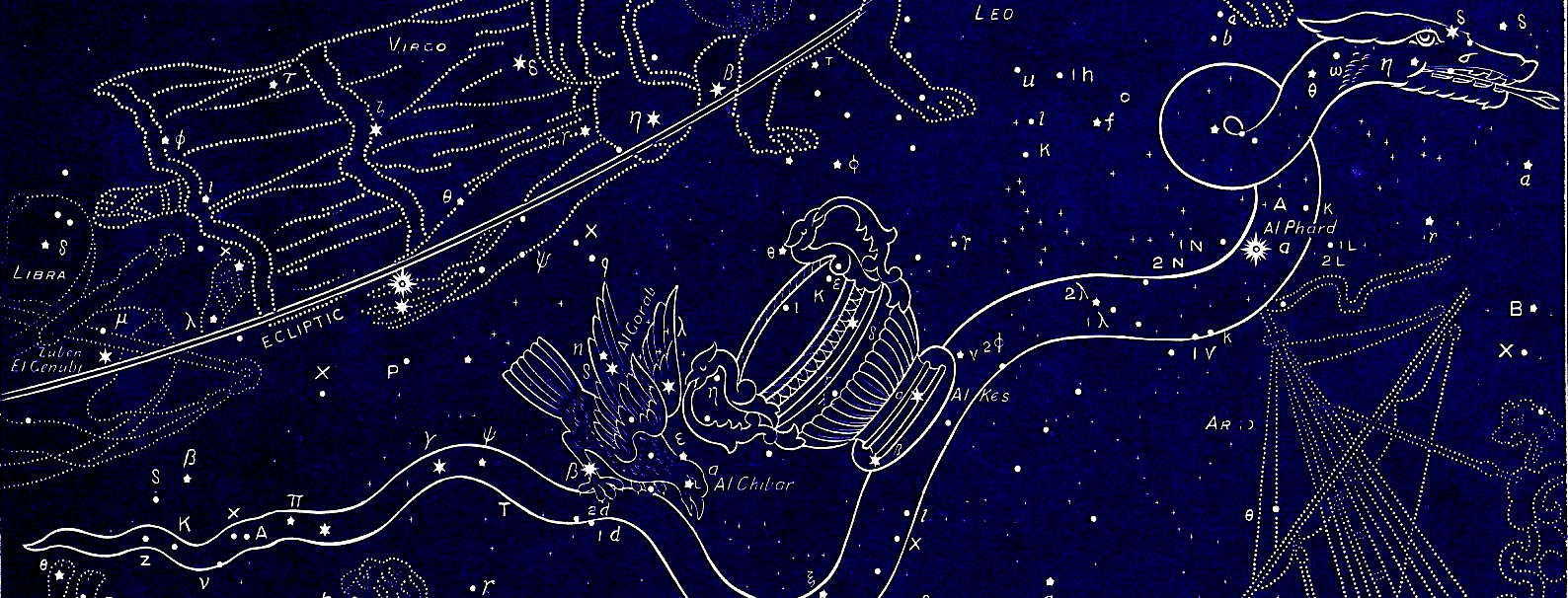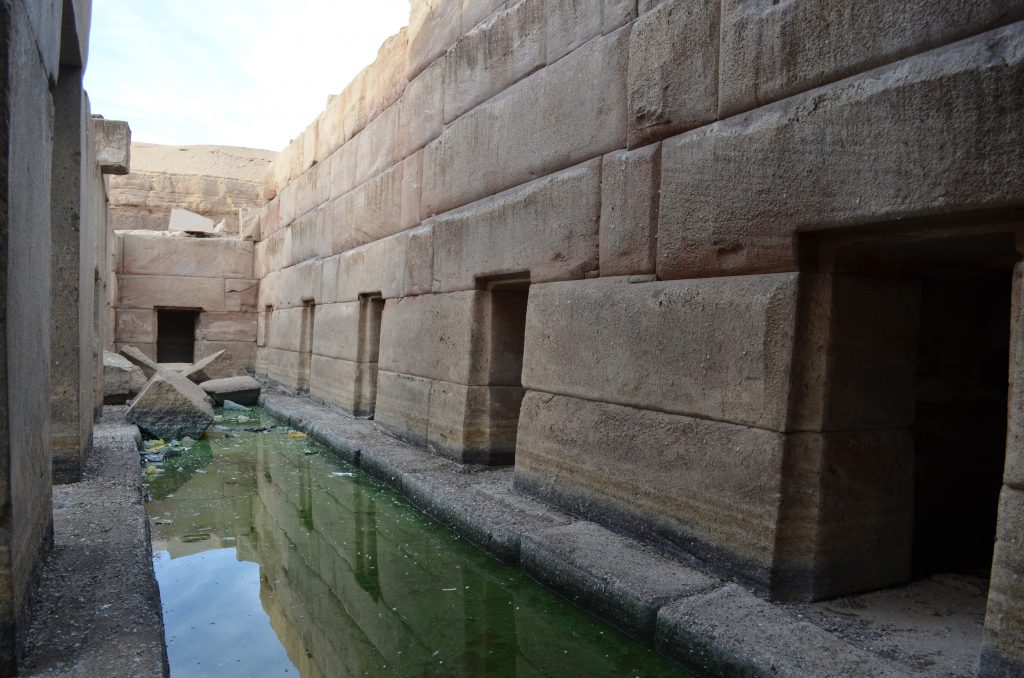
Timeline of the Celestial Prelude and the Celestial Encore
Happy New Year to everyone, as we welcome in the Year 2022 with new and exciting prospects for us all!
Much of the unique information concerning the birth of Christ on my blog and website centers around what I have identified as “The Celestial Prelude“, which includes a series of celestial signs leading up to and marking the birth of Christ with both General and Specific celestial signs, that leave little doubt as to the timing of Christ’s appearance on the Earth.
For those of us who realize that Christ was NOT born on Dec. 25th, wonder if there is any Biblical significance to the remembrance of the birth of Christ at this time of year. Since much of the information on this blog and website shows proof of Christ’s birth on Sept. 11th, 3 BC, 1 our certification that the Magi did not arrive in Jerusalem until December of 2 BC and thus could not have been present at the birth of Christ, as the gospel of Matthew records;
Matt. 2:1-2
2 After Jesus was born in Bethlehem in Judea, during the time of King Herod, Magi from the east came to Jerusalem 2 and asked, “Where is the one who has been born king of the Jews? We saw his star when it rose and have come to worship him.”
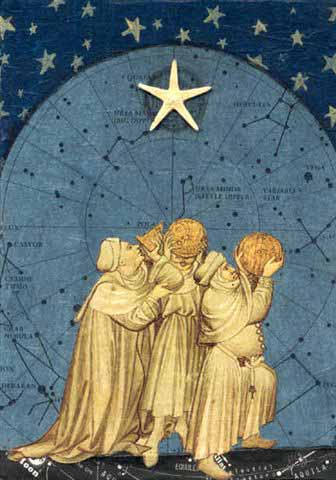
What Star did the Magi see that led them to Jerusalem? It was the King planet Jupiter that in 7-6 BC was involved in a triple conjunction of Jupiter-Saturn in Pisces, that served as a “Celestial Prelude” to the triple conjunction of Jupiter-Regulus in 3-2 BC, marking the birth of Jesus Christ. The Magi were astronomer– kings from the eastern land of Persia, who upon observing Jupiter’s movements, got started on their intrepid journey across about 900 miles of hostile desert territory towards Jerusalem. They did not arrive till December of the next year, when King Herod organized a meeting with his chief priests and teachers of the law.
Matt. 2:3-8
3 When King Herod heard this he was disturbed, and all Jerusalem with him. 4 When he had called together all the people’s chief priests and teachers of the law, he asked them where the Messiah was to be born.
5 “In Bethlehem in Judea,” they replied, “for this is what the prophet has written: 6 “‘But you, Bethlehem, in the land of Judah, are by no means least among the rulers of Judah; for out of you will come a ruler who will shepherd my people Israel.” 7 Then Herod called the Magi secretly and found out from them the exact time the star had appeared. 8 He sent them to Bethlehem and said, “Go and search carefully for the child. As soon as you find him, report to me, so that I too may go and worship him.”
As the record denotes King Herod was not interested in “worshiping” Jesus, since he had all the children two years and under killed in Bethlehem. He would not have done this unless the exact time the star appeared to the Magi was close to the start of this 2-year time frame. The gospel also tells us the Magi found a “young child; paidion” in a House, not a new-born; brephos in a manger or Inn when they arrived, [Matt. 2:11]. This is why God warned the Magi of Herod’s treachery in a dream, to avoid Herod and take a different route to return to their homeland.
Matt.2:9-10
9 After they had heard the king, they went on their way, and the star they had seen when it rose went ahead of them until it stopped over the place where the child was. 10 When they saw the star, they were over-
joyed.
The King Planet Jupiter guided the hearts of the Magi to be among the first Gentiles to recognize the only begotten Son of God, as it halted in retrograde motion over Jerusalem and Bethlehem-a few miles to the south. The banner heading this blog post shows the skies with Jupiter standing still in Virgo over Bethlehem, during the winter solstice when the Sun, the light of the world was also standing still. The word “Solstice” means “Sun stands still,” and it is not a coincidence that Jupiter the king planet was standing still over Bethlehem marking Jesus’ birthplace, while the Sun as the light of the world stood still also. What a joy and thrilling time this was for the Magi to follow with precision, the wandering stars or planets as the Creator set them in their orbits and celestial stations, to find the Promised Seed. Jupiter as “His Star” led the Magi to the dawning day of the Messiah, opening a way through the principles of Biblical Astronomy to the Redeemer-the Lord Jesus Christ.
The premise of a Celestial Prelude is based on the simple fact that God would not ordain the long-awaited birth of His only begotten son, the eternal purpose of the ages, without a little advanced notice. The concept of this Prelude is based on the Jupiter-Saturn triple conjunctions of 7-6 BC. The triple union of 7-6 BC imparts a basis for the Magi to recognize the triple conjunction of Jupiter-Regulus in 3-2 BC, as the Specific signs marking the birth of Christ. This prelude has two parts, the first-General the second-Specific. Confusion of these two separate parts of the Celestial Prelude has caused much uncertainty surrounding the “Star of Bethlehem.” A good place to start thinking about the first part of this Prelude is: Where did the popular idea of a single bright star, obvious to all, marking Christ’s birth originate? The answer is found in what I referred to above as the General Sign of the Celestial Prelude, alerting the Magi to the broader period when Jesus- the promised seed would appear. The first decan, or sub-ordinate sign of Virgo was originally called Coma, seen in the Blog header above as the “L” shaped sign next to Virgo, meaning; the desired or longed for, as in the Book of Haggai.
Haggai 2:7.
7 And I will shake all nations, and the desire of all nations shall come: and I will fill this house with glory, saith the LORD of hosts.
Figure 1. The Decan of Virgo [holding the branch to the right] named Coma with the Mother and Child in her lap. [Dendera Zodiac] 2
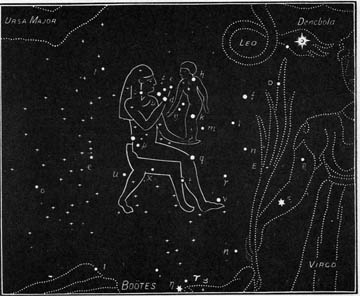
Numbers 24:17
17 I shall see him, but not now: I shall behold him, but not nigh: there shall come a Star out of Jacob, and a Sceptre shall rise out of Israel, and shall smite the corners of Moab, and destroy all the children of Sheth.
There is a celestial double meaning [Num. 24:17] in the phrase: Star out of Jacob, with connotations for both the general and specific aspects of our Celestial Prelude. The new star, or supernova in the head of the child in Coma, visible for over 275 years, was the General sign, the Star out of Jacob, preparing the Magi to watch for the Specific aspects of the 2nd part of the Celestial Prelude, which included the Jupiter-Saturn triple unions of 7-6 BC in Pisces. We find this second aspect of Balaam’s prophecy relating to the scepter, symbolic of the reign of the king Planet-Jupiter. As we progress through our study it is evident that Jupiter was the planet that the Magi called “his Star” in Matthew 2:2. The Magi noted the triple Conjunction of signs from 7-6 BC, of Jupiter–Saturn, that gave them a blueprint for the actual signs marking Christ’s birth, starting in 3BC. An early sign on August 12th, 3 BC motivated the Magi to begin their caravan to Jerusalem. Details for both aspects of the General and Specific celestial signs marking the birth of Christ are found in the study on “The Stars Over Bethlehem,“ along with the chart below, furnish the detailed observations of the Magi observed in the skies overhead at the Messiah’s birth, in both Virgo and Coma. The first decan of Virgo called Coma, is seen in the Dendera zodiac as a seated mother nourishing her young son-[Figure 1]. Coma is the Hebrew name of this sign meaning “the desired.” The Egyptian name of this decan of Virgo was Shes-nu the desired son, [Hag. 2:7]. 3
The Prophet Daniel taught the Magi and other astronomers of the king Nebuchadnezzar’s court [Dan. 5: 11] about these planetary unions from the contemporary example of a Jupiter-Saturn triple union 523-522 BC in Virgo. Less than 400 years later, near 128 BC a new star as the Coma supernova exploded onto the scene, in this decan of the sign Virgo in the head of the child called Coma. This is a key when we remember that much of this history was based on the teachings of the Prophet Daniel, who became master of the Magi, and the Chaldeans and stargazers of the King’s Court in Babylon. He continued to preside over this august group in the reign of Darius I, [Dan. 6:1-3] when the Persians took control of the Babylonian empire. As a Prophet and man of God-the positive influence of Daniel on the genuine sect of the Magi, was felt in a profound way centuries later as the Magi, following Daniel’s principles, correctly identified Jesus the Promised Seed in Bethlehem. Not all the Magi of the Kings courts in Babylon or Persia remained true to Daniel’s teachings, as certain other magi sects emulated the dark paths of the occult and Astrology, as Magicians who lead people astray into counterfeit paths, that remain with us into modern times. But Daniel’s impact on the astronomical doctrines of these Gentile scientists, allowed the genuine Magi to pursue the widely held belief in the general sign marking the coming Messiah during this period in history. Obviously, the Magi were aware of the truths of the Celestial gospel concerning the coming redeemer, following the principles of the Astronomy of the Biblical Patriarchs going back to Adam, Seth, Abraham and Job, since it was their unrivaled expertise in Astronomy that led the Magi disciples to Jerusalem following Jupiter, in the first place.
In more modern times, Johannes Kepler provided an applicable theme of the history of Jupiter-Saturn conjunctions that maps the celestial activity of these planetary kings in leading to and marking the birth of Christ.
Figure 2. The Jupiter-Saturn Great Conjunction triangle from Kepler in his De Stella Nova: 4
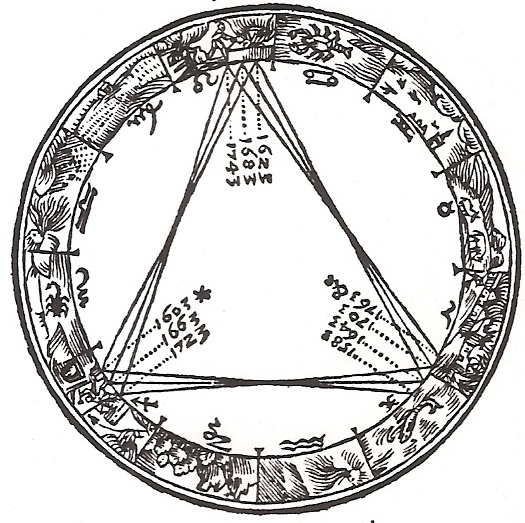
Kepler mapped, the progress of grand conjunctions of Jupiter-Saturn through the zodiac describing a series of equilateral triangles (Fig. 2). Every sixty years a triangle is completed, and the conjunction returns to start, shifting however nine degrees anticlockwise in respect to its predecessors, thus generating a cycle of 800 years. Thus, the overarching cycle is really a set of interlocking smaller cycles, each inside the other, lasting 20 years, 200 years, 800 years, and 2,400 years. 5 Jupiter and Saturn enter into a regular union about every 20 years. During the last millennium BC, however, no less than 7 triple conjunctions also took place – one every 140 years, on average – as the interval varied from 40 years (as between 861 and 821 BC and again between 563 and 523 BC), to 377 years (as between 523 BC and 146 BC). Over the millennium there were 43 “normal” Jupiter-Saturn unions and 7 “triple” conjunctions. In the Timeline Chart below we have mapped key Jupiter-Saturn unions during the period of visibility of the Coma Supernova, since this marked a center point of multi-cultural Messianic expectations.
Plate 1. Jupiter-Saturn Timeline Chart
This chart shows not only the time frame of the visibility of the Coma Supernova, but also pertinent Jupiter-Saturn unions related to this Celestial Prelude along with key Blood Moons, Halley’s Comet, the Rev. 12 signs, and the Jupiter-Regulus triple union of 3-2 BC, all linked to the birth of Christ and the Temple at Jerusalem being destroyed. It thus seems fitting with John 2:19 where Jesus says to “Destroy this temple” that the destruction of the Temple was prophesied by Christ, just as the Temple veil was rent in twain at his crucifixion, since the spiritual body of Christ replaced the stone temple. [Jn. 2:19, Matt. 26:61, Mk. 14:58]
Zech. 6:12-13 “Thus speaks the Lord of Hosts, saying behold the man whose name is the Branch; and he shall grow up out of his place, and he shall build the Temple of the Lord.” v. 13 “Even he shall build the Temple of the Lord; and he shall bear the glory, and shall sit and rule upon his throne; and he shall be a priest upon his throne; and the counsel of peace shall be between them both.” [king-priest unity]
Biblical Astronomy of the Birth of Christ
Jupiter-Saturn |
Conjunctions |
with Coma |
Supernova |
Visibility |
| Conjunction year | Saturn Longitude | Jupiter Longitude | Date | Sign |
| 185 BC | 319.50 | 318.78 | Jan. 19-24 | Pisces |
| 185 BC | 320.71 | 321.13 | Jan. 29-Feb. 3 | Pisces |
| 168-166 BC | Blood Moon Tetrad | Jerusalem Temple | Destruction | |
| 165 BC | 218.26 | 217.93 | Sept. 10-16, 20-25 | Pisces |
| 164 BC | Halley’s Comet | Early Babylonian | sighting | |
| 146 BC | 106.40 | 106.34 | Oct. 11-18 | Cancer |
| 145 BC | Apr. 28 | Pisces | ||
| 128 BC [circa] | Coma Supernova | Appears | Virgo/Coma | |
| 126 BC | Apr. 19-24 | Pisces | ||
| 126 BC | Apr. 26 | Pisces | ||
| 126 BC | Apr. 29- May 4 | Pisces | ||
| 12 BC | Halley’s Comet | Aug.-Oct. | ||
| 7 BC | Jupiter-Saturn triple | Conjunction | May 27-Jun. 8 | Pisces |
| 7 BC | 347.30 | 347.49 | Oct. 1-6 | Pisces |
| 7 BC | 345.67 | 346.12 | Dec. 1-15 | Pisces |
| 5 BC | 5 BC Blood Moons | Mar. 23, Sept. 15 | Virgo/Pisces | |
| 3 BC | Jupiter-Venus | Aug. 12 | Leo | |
| 3 BC Rev. 12 sign | Jupiter-Regulus | Birth of Christ | Sept. 14 | Leo |
| 2 BC | Jupiter-Regulus | Feb. 17 | Leo | |
| 2 BC | Jupiter-Regulus | May 8 |
Leo | |
| 54 AD | Jupiter-Saturn near | Vernal Equinox | Mar. 30 | Pisces |
| 66 AD | Halley’s Comet | Sign of Temple | Destruction | |
| 70 AD | Rev. 12 sign 8/27/70 | Jerusalem Temple | Blood Moons | |
| 147 AD [circa] | Coma Supernova | Visibility Fades |
*click on highlighted links in this chart for expanded studies.
My theses is based on this historical Timeline of the events leading to the birth of Christ, highlighted by Jupiter-Saturn Conjunctions, along with other categories of notable and related celestial signs. The pattern of General celestial signs, leading to increasingly Specific signs that ultimately revealed Christ’s birth, is one that we have documented in detail, over the last 20+ years of Biblical Astronomy research. This part of the story is pretty well documented, on my blog and website, having been recently established in the Acts 2 teachings of Rev. Jon Nessle. It is Jon’s love of Scripture, and his heart to teach the principles of Biblical Research that led me to his unparalleled teaching ministry, and series of classes that have and continue to enthrall and bless so many of us, consistently breaking new ground in God’s Word with each class.
The Birth of Christ, and the events leading up to it including the Celestial Prelude, belong in a class of celestial signs considered as an aspect of God’s Light. Since the Creator is the Father of lights, He has set the parameters wherein His light was revealed to the world, exposing the darkness.
In Genesis 1:3 “God said let there be light and there was light. And God saw the light that it was good, and God Divided the light from the darkness.”
This division of spiritual light from darkness is not the same as the division of day from night in the physical heavens, [Gen. 1:14-17], which represents the Creator’s temporal order, regulated by the solar, lunar and star calendars inherent in the celestial cycles of the Sun, Moon and Stars. The light of verses 3-4 was Spiritual light from the Almighty Creator-God enlightening His Creation in the Heavens and Earth before the Sun, Moon and Stars were set in the heavens in verses 14-17. This division between light and darkness took place first in the Spiritual realm, not the physical, as a result of the fallout from Lucifer’s revolt with his angels he deceived, in his coup attempt against God, [2 Pet. 3:4-7, Rev. 12:4]. As these angels rebelled they separated themselves from the Father of lights, and the potential evil that resulted from this disobedience; “Original Sin” was activated, in the spiritual realm, preceding the entropy with the many other consequences of original sin in the physical realm. This lead to the 1st Heaven and Earth becoming without form and void, because we know the Perfect Father of lights did not and could not have created it in this state of ruin. As such the Creator and Father of Lights not only preceded, but also was far above and beyond the spiritual corruption resulting from the Original Sin of the angels in Lucifer’s revolt.
It is critical to realize that part of the Creator’s eternal purpose to rectify this destruction caused by the original sin of the angels led by Lucifer in the 1st Heavens and Earth, included the appearance of God’s only begotten Son of the Heavenly Father-Jesus Christ. This includes not only all the prophecies and promises of the coming Christ written in Scripture, but also the Celestial Gospel written in the Stars, long before God’s recorded Words were written in Stone or on papyrus. God recorded the Witness of the Stars starting in Genesis 1:14-17, when He created, named and numbered the stars in Heaven, enlisting their divine purpose from their inception, [Ps. 147:4]. This included all the star prophecies of the Coming Redeemer, with all aspects of the Celestial Prelude leading to the Star of Bethlehem.
It is with this in mind, that I want to introduce a subsequent aspect of Biblical Astronomy teachings, built upon the foundation of the Celestial Prelude of the last 20+ years. As we can see in the Timeline above, we began documenting the history of Celestial signs leading to the General Sign of the Coma Supernova starting in history around 200 BC. Part of my thesis states that this pattern of Celestial signs marking the first appearance of Christ, forms a blueprint for his return, his long-awaited Second Coming. A central aspect of living in the end-times is to be prepared for the Return of Christ–mankind’s Great and only Hope! Since the beginning of this research project, the pattern of these celestial signs has come into sharper focus, according to multiple historical accounts, the General Sign of the Coma Supernova was visible to the naked eye for about 275 years. The Supernova explosion in the head of the woman’s child, amounted to a celestial prophecy of Christ’s first coming that would remake all history forever, for mankind! It was the appearance of this Coma Supernova sign that started God’s sacred celestial timepiece, with the Specific signs ticking down to the birth of Christ! It is only fitting and logical that the Heavenly Father’s sacred timepiece set in the heavens should also include the keys to the general timing of the appearance of Christ’s Return. Just as there was a general expectation in various cultural populations for the appearance at the Messiah’s birth, so there is in modern times, for his Return.
Since the Coma Supernova was preceded and followed by other notable celestial signs leading to Christ’s birth, it may behoove us to check for other celestial signs in the Celestial Encore that fit the blueprints we have uncovered in the Celestial Prelude. One of the keys we might look for in an end-time pattern of celestial signs that fit the Celestial Prelude, logically would be signs according to an inverse order in which they took place the first time around. One example of this would involve the Coma Supernova being the first Celestial sign marking the start of a series of increasing celestial signs leading to Christ’s birth-as a Prelude. To complement this, the Celestial Encore might include a supernova sign that would take place, not as a prelude, but as more of a sign leading to a Celestial finale, mirroring a series of concluding celestial signs that marked the birth of Christ.
Some key indicators along these lines include celestial signs, myself and others have pointed out and detailed that fit the description of signs showing characteristics of the Celestial Prelude. We have seen signs conforming to the Rev. 12 sign, as an example, not to mention a series of Blood Moon Tetrads capped off recently in 2014-2015, showing key links to Bible prophecy related to end-time Israel. We have also seen a series of celestial signs related to the Great Pyramid and the Giza Plateau as a whole, related to a series of celestial signs very similar to those at the birth of Christ, in September of 2017, close to Rosh Hashanah. With a sharp eye to how these signs may fit into the end-times sky-scape, we continue to do the work the Lord has called us to.
As thankful recipients of the awesome Grace of our Heavenly Father, Who has fathered us by creating His spirit within us, so we can worship Him in spirit and truth. As we grow into his spirit we also seek out the traits our Heavenly Father has passed unto us, to best apply them in our practical Christian daily walk, and fellowship in Christ!
”The things of God knows no man, but the Spirit of God.” Only the Infinite can know the infinite. Forever God stands apart outside and above the temporal world, in unapproachable light, but in Christ, we are welcomed in His Love. With these keys in mind, we remain vigilant in the Hope of Christ’s Return, with our heads to the sky!!
God Bless!
Agape’
Rene’

Footnotes
1. Jesus Christ our Promised Seed, American Christian Press
2. “Witness of the Stars” E.W. Bullinger [picture credit] Coma Decan of Virgo
3. IBID
4. Figure 2 The Grand Conjunction. De Stella Nova, Johannes Kepler [picture credit]
5. [https://jessicadavidson.co.uk/2020/11/02/the-jupiter-saturn-cycle-and-the-great-mutation/




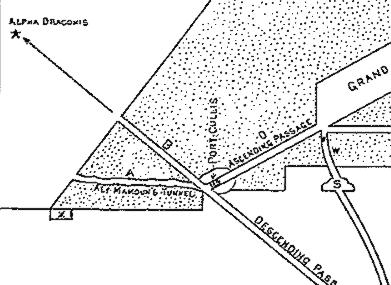
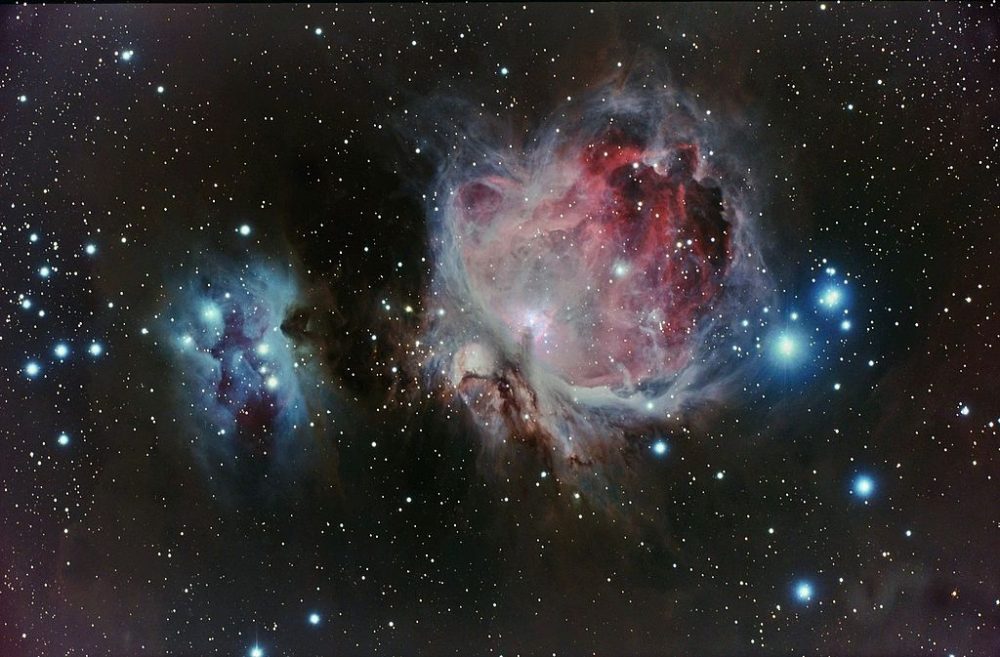


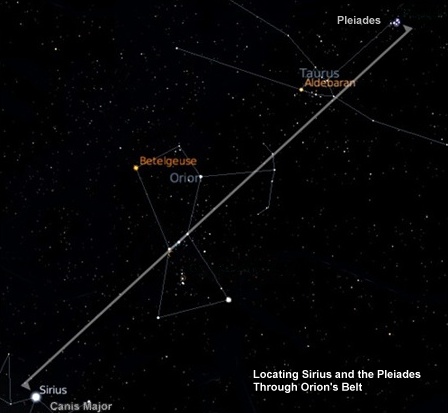

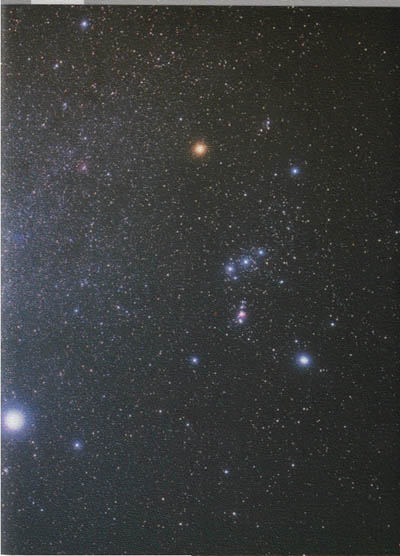
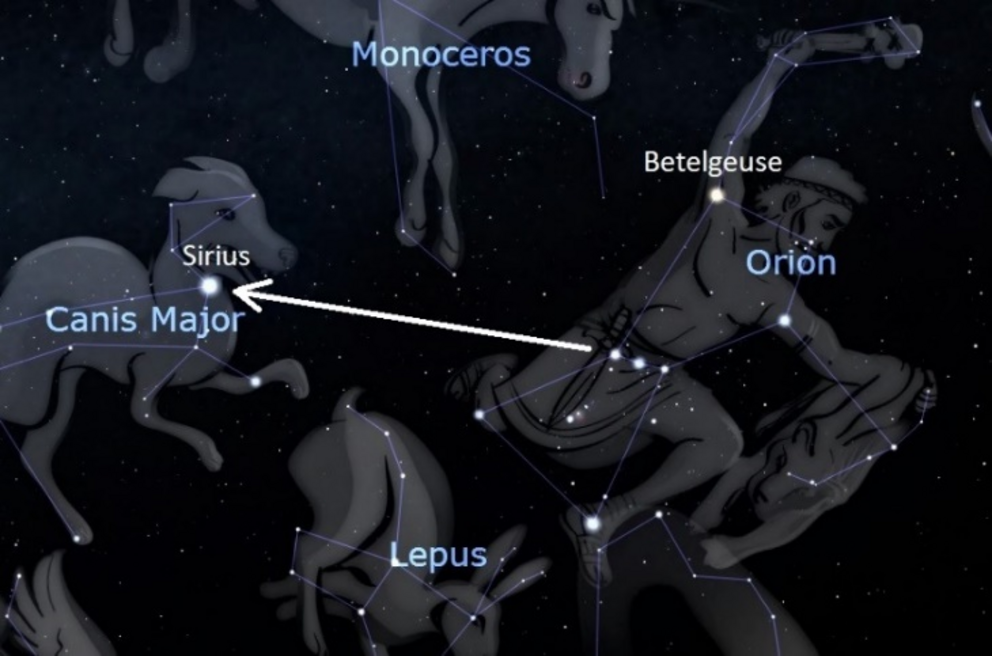

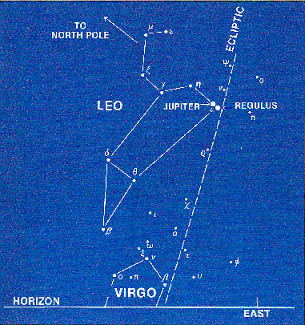
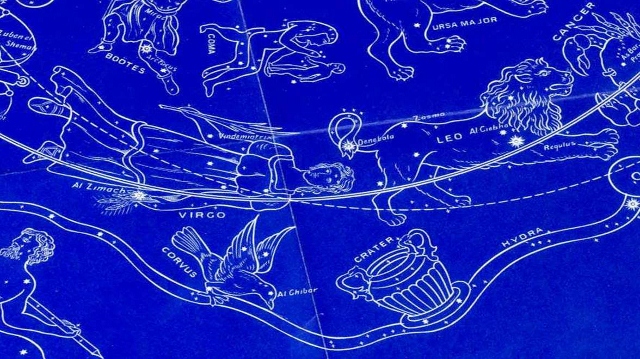
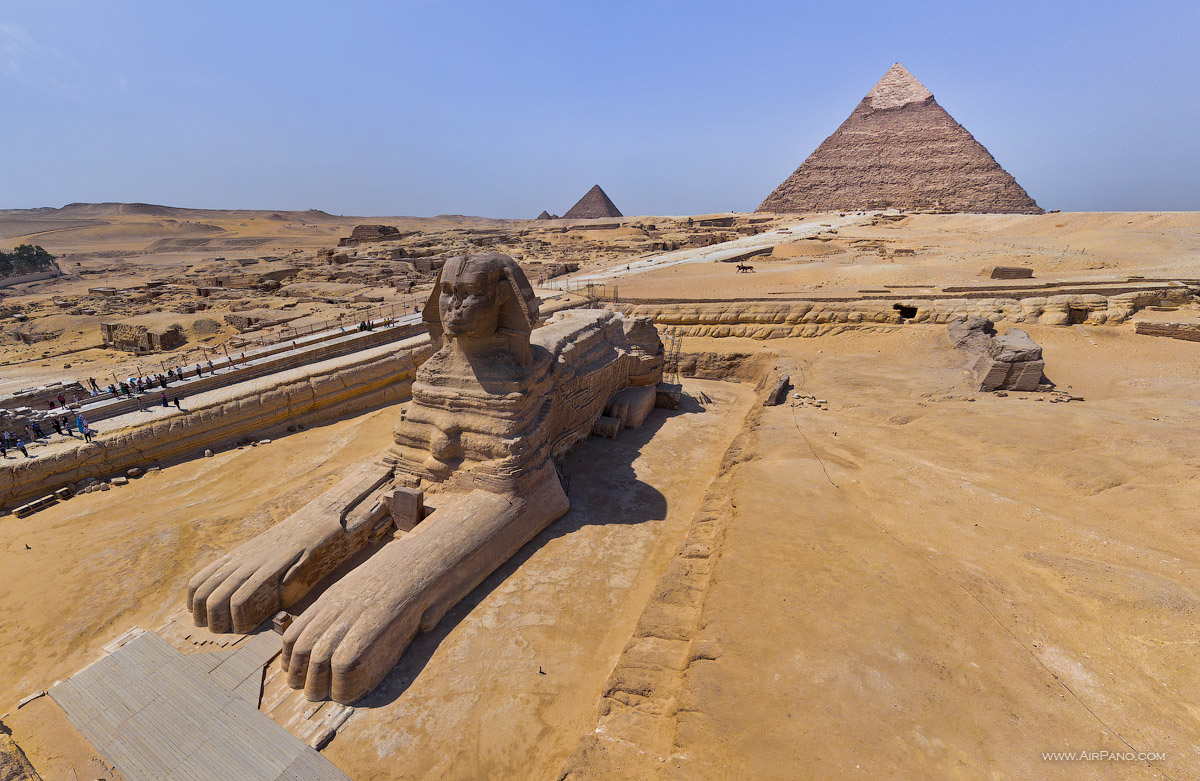
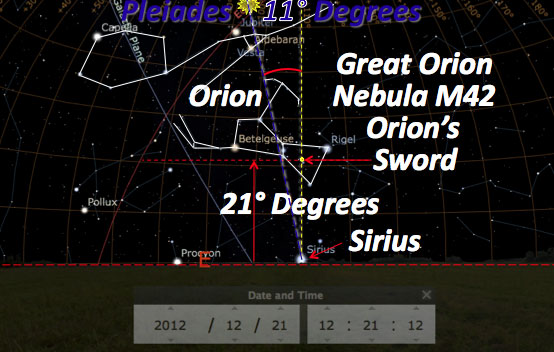

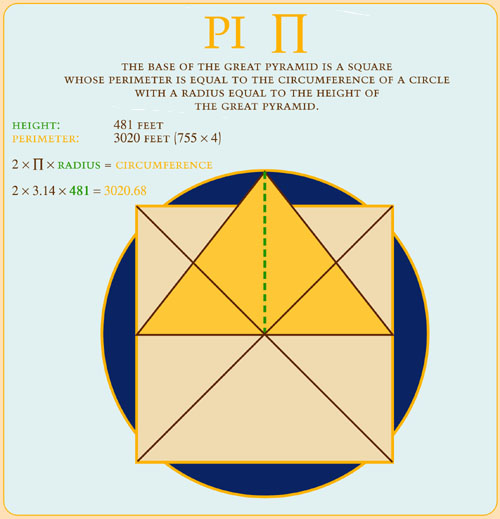





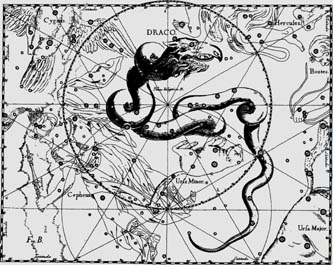




![[AAO Photograph]](https://www.naic.edu/~gibson/pleiades/ukschmidt/pleiades_ukschmidt_clean_names.jpg)

